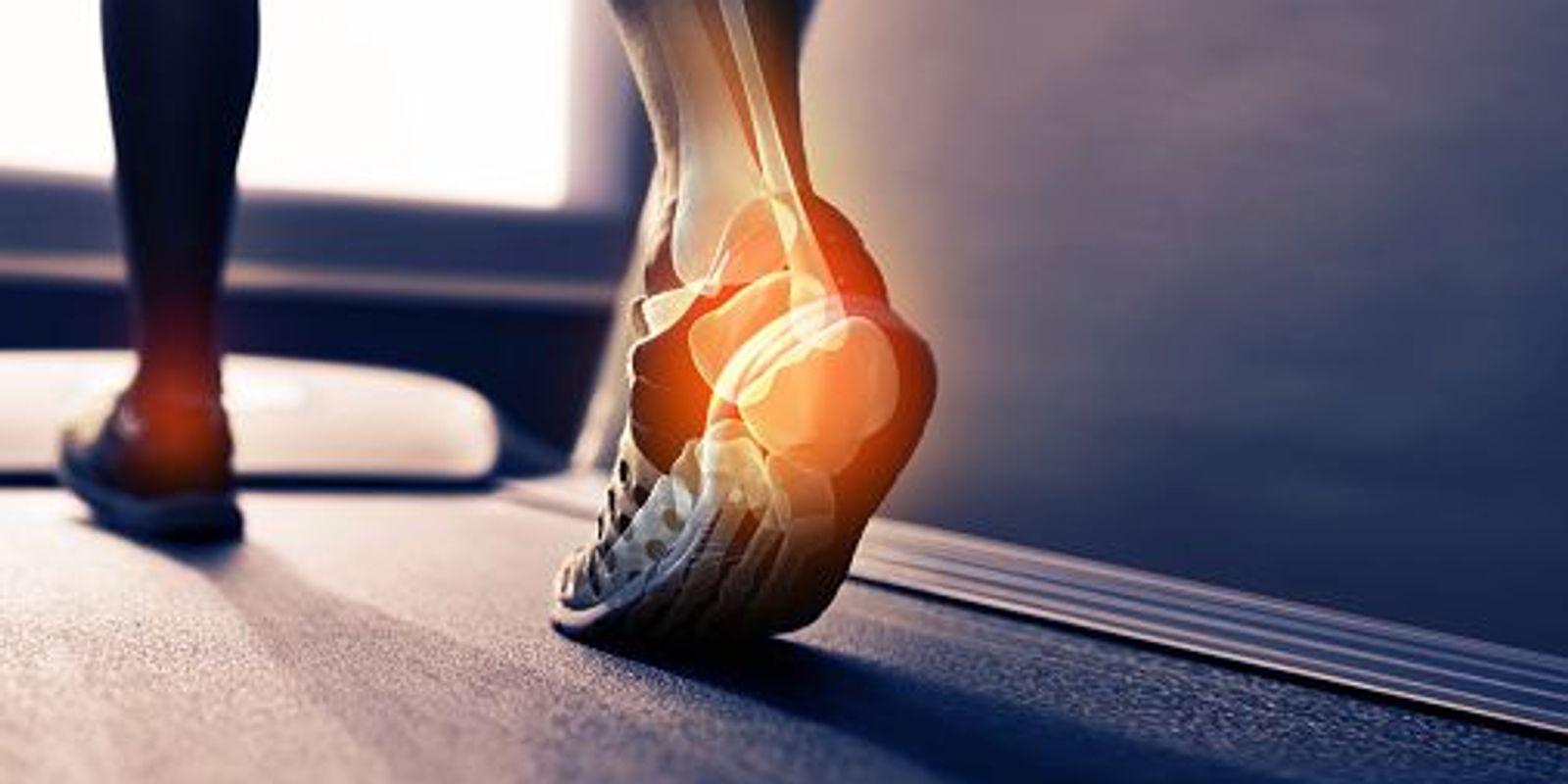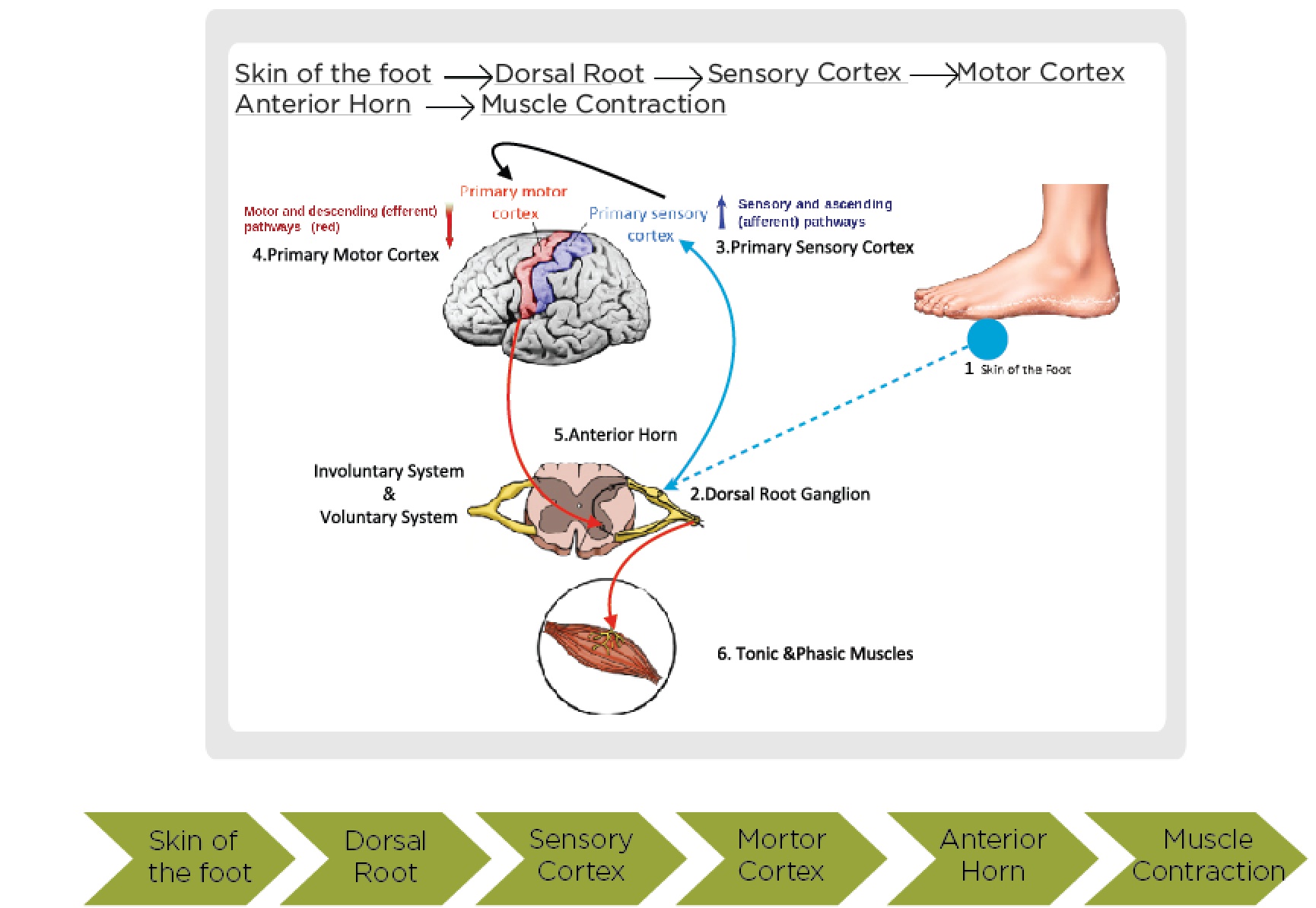Proprioceptive Insoles: What’s the story?
Everybody has felt the strain of a rock stuck in one of their shoes. The soft pressure first fools you into thinking you will be fine, until the dullness increases in intensity after every step and forces you to remove the stone.
“It isn’t the mountains ahead to climb that wear you out; it’s the pebble in your shoe.” – Mohammed Ali
The feet play a vital role in posture and movement. Problems that impede these first points of contact with the ground will affect the alignment of the muscles and joints above.
This article explores the feet as a root cause of chronic pain and provides a practical solution to reverse an imbalance.
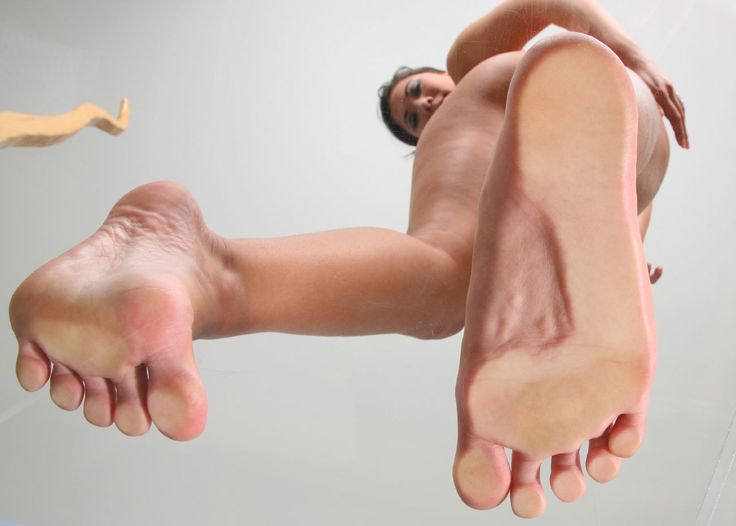
Your Feet and Posture
Your ability to feel the pebble stems from the thousands of receptors in the skin of your foot. Studies show these sensors respond to a wide variety of signals ranging from pressure to stretch, texture, and frequencies. The information travels up your spine and into your brain for analysis, and the signal becomes a command that sets the tone for all your muscles and joints from the neck down. This communication between your nervous system and your feet happens whenever you stand or move.
A study published in the Journal of Physiology observed the impact of stimulating the skin of the foot on posture. The researchers induced a measurable body sway with a 90-hertz frequency.
● The subject reported feeling their body shift forward with stimulation of the rear foot.
● The subject reported feeling their body shift backward with stimulation of the forefoot.
● The subject reported feeling their body levitated with stimulation of the midfoot.
● This 90-hertz frequency improved balance and positively impacted various metrics ranging from the center of gravity to stability and gait patterns.
Now, what happens when the muscles that support your feet fail to pull their part? The next section explores the role of your arches in the distribution of your body weight onto your feet and its impact on your posture.
More than a hundred different muscles and other tissues work together to keep the 26 bones of your feet intact when you walk or stand. Tendons of the inner feet form the structures known as your arches. They contract to absorb the shock of a step and distribute your bodyweight optimally.
Problems occur when your arches fail to do this function. Muscle imbalances caused by injury or improper footwear disturb the integrity of the feet, which leads to unwanted structural adaptations on a physical and neurological level.
Stand up and shift all your weight onto your inner left foot. Do you feel how your hip and knee rotate internally?
This shift occurs whenever the arches fail to support your body weight. Imagine the pressure repeated every day from the moment you get out of bed until you get back in. Pain and injury are inevitable over time.
Arch issues also impede how you perceive the environment. The collapsed or weakened structure distorts the signal sent to the nervous system by the sensors in the skin of the soles. Your brain gets the wrong message and thinks you are somewhere else, so your postural tone shifts accordingly.
How do I know if I have an arch imbalance?
Some people know they have collapsed arches. Others might feel pain in a specific part of the feet when they walk or notice that their shoes get used up on one side only. You might have a hip that is higher than the other and a knee that caves in when you squat. These indications reveal a potential arch problem, whether they are flat or disharmonic.
Posturepro trained practitioners use a podoscope to get a detailed imprint of someone’s body weight distribution. The image shows exactly where the arches fail to do their work.
And what can I do to fix it?
Proprioceptive Insoles change the way your feet and your brain communicate.The Proprioceptive Insoles excite the hundreds of thousands of nerve cells loaded in the soles of your feet. Studies show that a textured insole is optimal to arouse postural muscles and elicit benefits ranging from improved balance to improved gait patterns.
The Proprioceptive Insoles are based on the knowledge of neuroscience in how the brain uses proprioceptive feedback from the skin to choose the best postural strategies. The Proprioceptive Insoles increase the somato-sensory output from the plantar sole to improve postural balance and decrease the risk of injury.
The insoles provide a constant therapeutic effect that aligns the shoulders and the pelvis and re-wires these crucial connections to elicit permanent change. The process takes a year and saves you money on regular professional services.
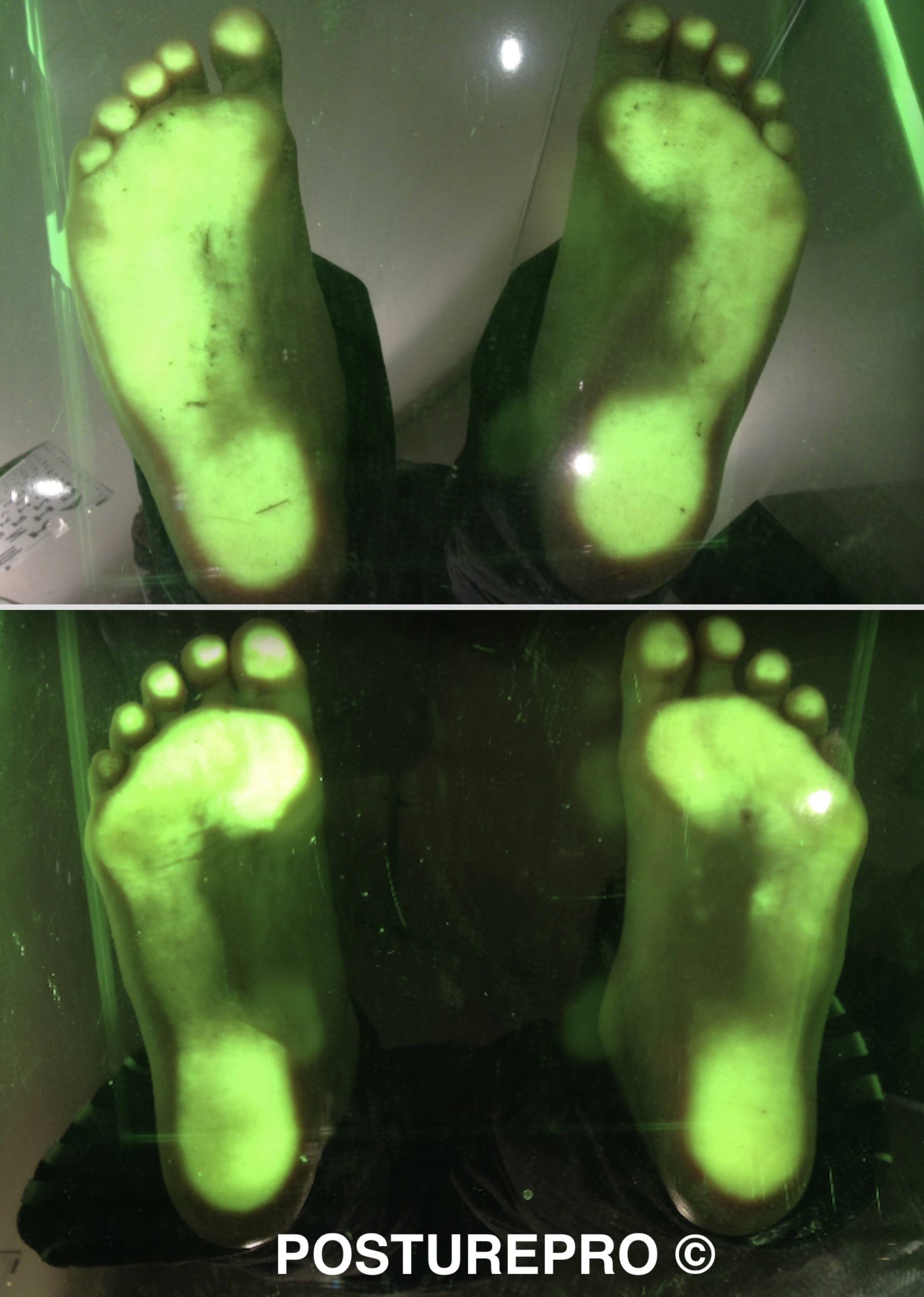
Are they the same as orthotics?
The primary role of custom orthotics is to align the ankle on top of the heel with the use of arch support for a prolonged period, although they fail to address the neurological components that are causing the structural issues with the feet.
They become like a cast, which underwhelms the arch muscles and causes them to lose function.
The Proprioceptive Insoles work on the skin to stimulate the small mechanoreceptor in the deep and superficial layer with a 90-hertz frequency. They impact the nerves in the muscles of the feet to naturally reform the arch and create an even stance because these sensors communicate with your brain directly.
Balanced feet, aligned posture
Your feet are your body’s first point of contact with the ground. They send vital information about the environment to your brain that affects all your joints and movements. Make sure that your arches are active and balanced to assure stability from the feet up.
Rerences:
Basmajian, J. V., & Stecko, G. (1963). The Role of Muscles in Arch Support of the Foot. The Journal of Bone & Joint Surgery,45(6), 1184-1190. doi:10.2106/00004623-196345060-00006
Lee, D., Kim, Y., Yun, J., Jung, M., & Lee, G. (2016). A comparative study of the electromyographic activities of lower extremity muscles during level walking and Pedalo riding. Journal of Physical Therapy Science,28(5), 1478-1481. doi:10.1589/jpts.28.1478Maurer, C., Mergner, T., Bolha, B., & Hlavacka, F. (2001). Human balance control during cutaneous stimulation of the plantar soles. Neuroscience Letters,302(1), 45-48. doi:10.1016/s0304-3940(01)01655-x
Wang, Z., & Newell, K. M. (2012). Asymmetry of foot position and weight distribution channels the inter-leg coordination dynamics of standing. Experimental Brain Research,222(4), 333-344. doi:10.1007/s00221-012-3212-7Yoon, H., Kim, J., Park, J., & Jeon, H. (2017). Comparison of the Foot Muscle EMG and Medial Longitudinal Arch Angle During Short Foot Exercises at Different Ankle Position. Physical Therapy Korea,24(4), 46-53. doi:10.12674/ptk.2017.24.4.046
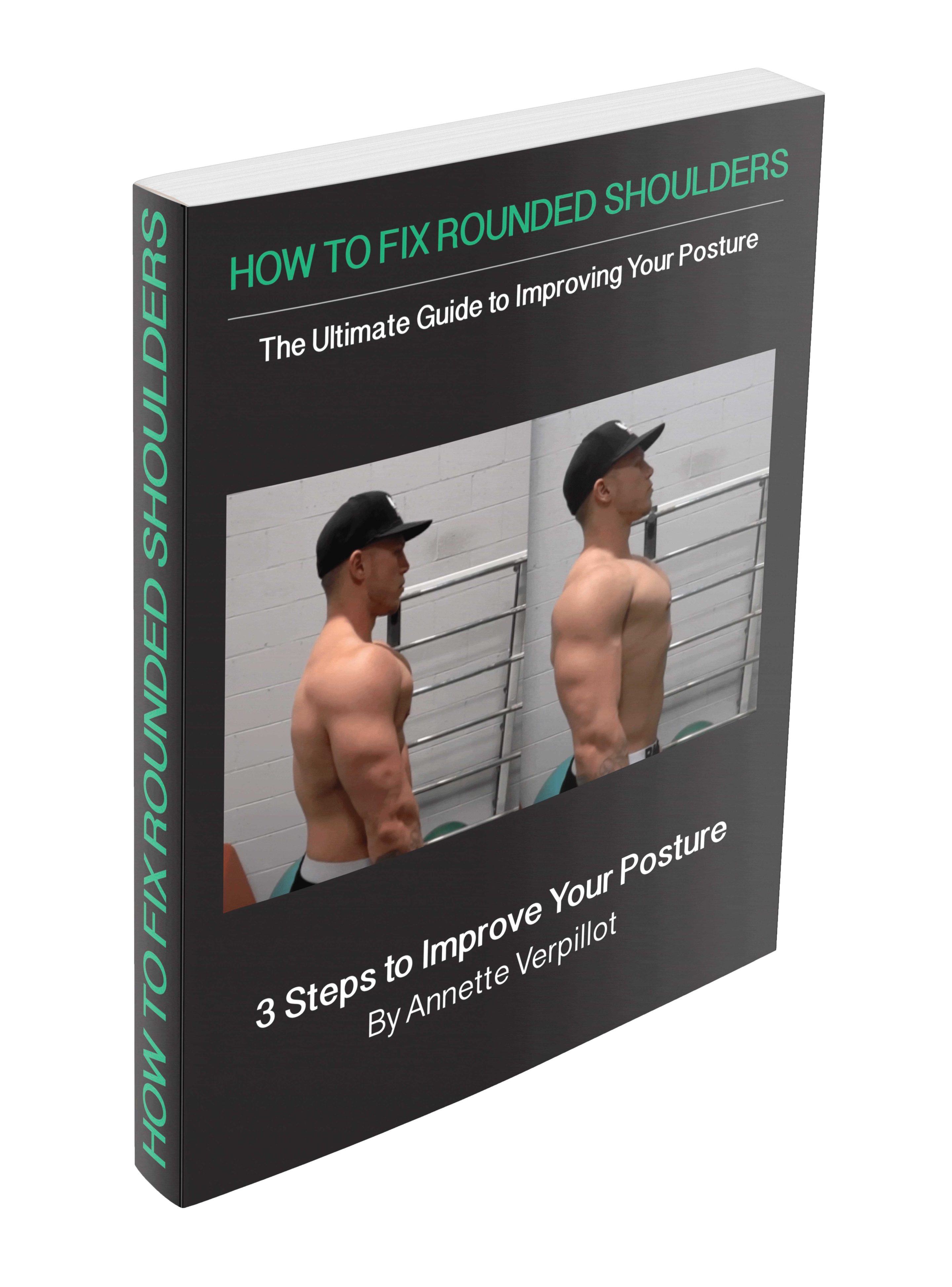
Free Guide: How to Fix Rounded Shoulders
Download a copy of How to Improve your Posture right away by entering your email below:
The causes behind poor posture.
Shoes and gait.
How tongue position and swallowing mechanics affect your body.
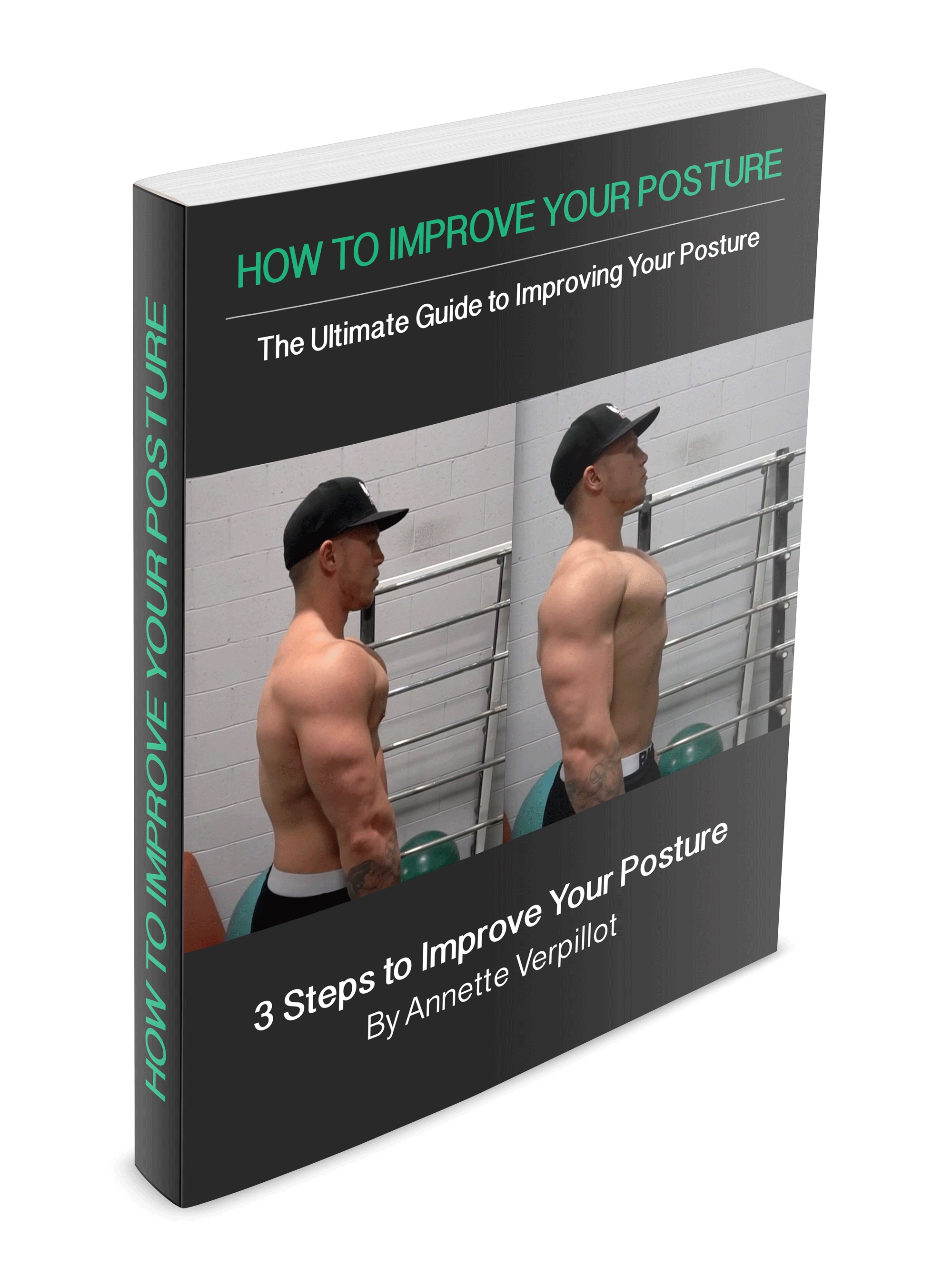
Free Guide: How to Fix Rounded Shoulders
Download a copy of How to Improve your Posture right away by entering your email below:

